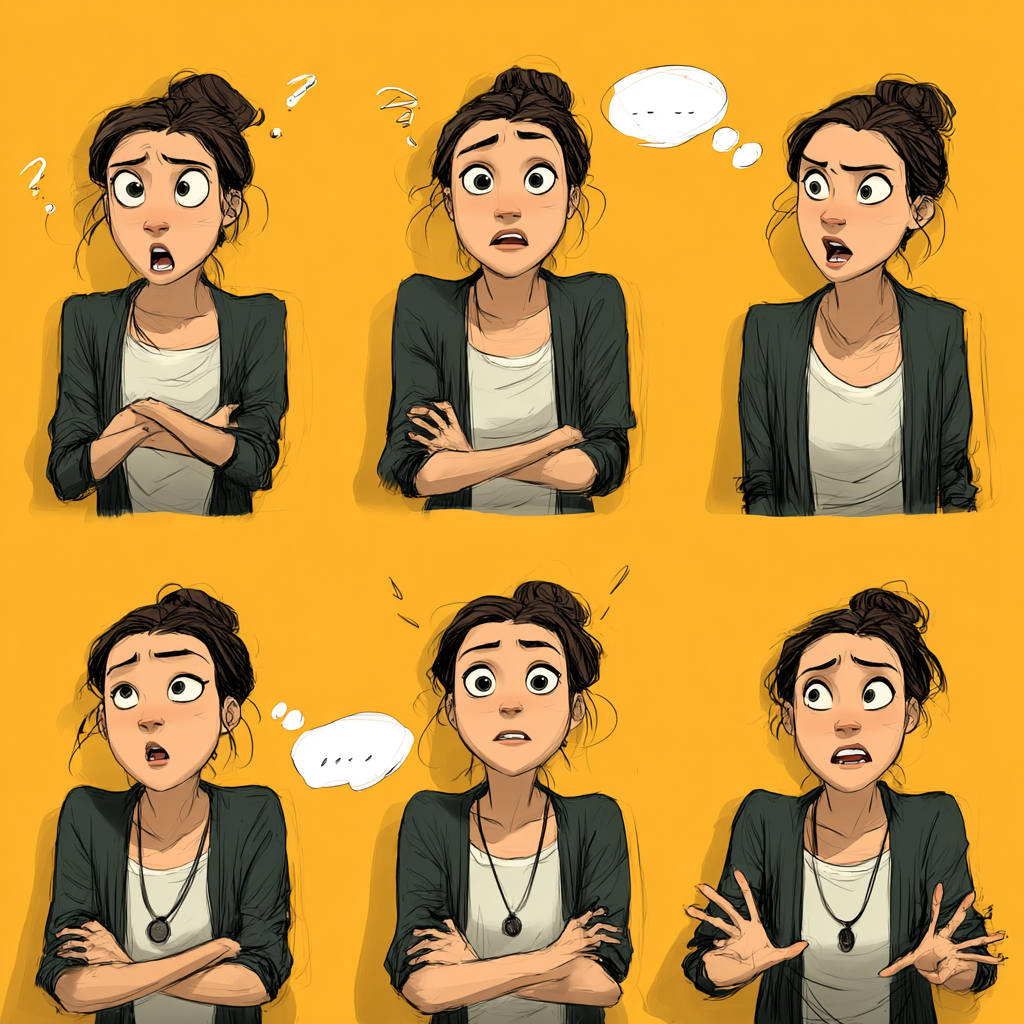Curiosity Turns Prediction Into Awareness
In How Emotions Are Made, Lisa Feldman Barrett challenges one of the biggest assumptions about how emotions work. She explains that emotions are not triggered — they’re created.
Our brain and body don’t simply react to what’s happening; they predict what’s about to happen based on our upbringing, past experiences, and cultural learning. Those predictions then shape the emotions and biological changes we feel. In other words, we don’t see the world as it is — we see it as we expect it to be.
This completely changes how we might look at behaviour, especially in high-conflict environments like family court, workplace disputes, or client interviews. If emotions are created through prediction, then much of what we read in others — their facial expressions, tone, or body language — is filtered through what we have been programmed to believe it means.
Predicting Instead of Perceiving
Think about it: when we notice someone’s facial expression, our brain instantly predicts what that emotion means — angry, defensive, dismissive — and our own body responds accordingly. Heart rate rises, muscles tighten, breath shortens. But what if that interpretation is wrong?
Facial expression alone is not an accurate indicator of emotional state. Someone’s neutral face might remind our subconscious of a past threat, and before we even realise it, our body responds as if we’re in danger. It’s the nervous system doing what it does best — trying to protect us.
Even more interesting, Barrett points out that a person can experience fear without an amygdala. That tells us emotion is not tied to one brain structure but rather to the brain’s overall predictive process.
Behavioural Reactions and Misread Cues
In conflict situations — such as client interviews, mediation sessions, or negotiations — these predictive patterns show up everywhere.
A client might interpret an interviewer’s tone or micro-expression as judgment or threat. Their nervous system reacts before the mind has time to question it. The response can look like defensiveness, aggression, or withdrawal.
Yet, that reaction may not be to the present moment at all — it’s to a prediction shaped by the past.
The same thing happens across cultures. In Western society, we often prefer personal space in conversation. In Eastern cultures, standing close is a sign of connection. A Western-trained nervous system might interpret that closeness as confrontation rather than comfort.
So much of what we call “poor communication” is simply mismatched prediction — two people interpreting each other’s behaviour through completely different emotional blueprints.
The Shift From Prediction to Analysis
If the subconscious mind’s goal is always safety and stability, then it will naturally resist change. Predicting threat — even when none exists — helps it maintain a sense of control.
But curiosity is the key that changes everything.
When we become curious about what’s actually happening — what we’re feeling, what the other person might be expressing, and what it all might mean — we shift from prediction to analysis. The nervous system begins to observe rather than react.
Curiosity turns emotional reactivity into emotional intelligence.
And in high-conflict settings, that shift can mean the difference between escalating a disagreement and creating understanding. It allows both professionals and clients to recognise that their reactions are not truth — they’re predictionsthat can be updated, reframed, and regulated.
In essence: when we slow down and get curious, we stop letting the past write our emotional future. Awareness replaces assumption. And in that space, we finally have the power to respond, not just react.
